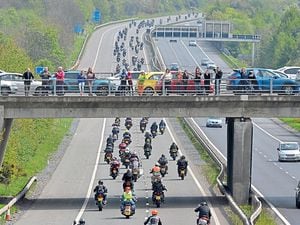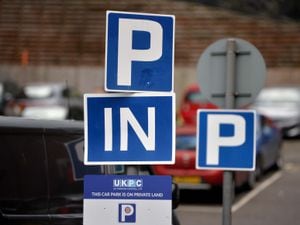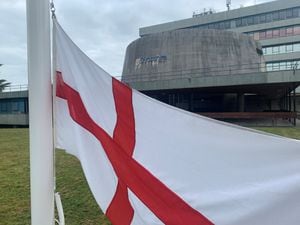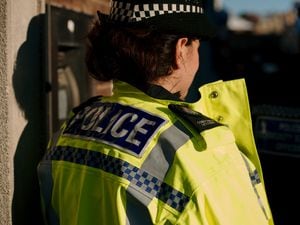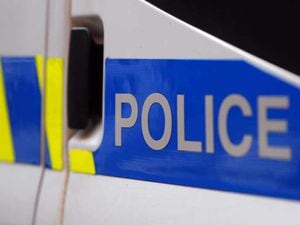Shropshire war hero laid to rest
He will be forever remembered as Shropshire’s last brave Second World War pilot who helped defend Britain against the German Luftwaffe in 1940.
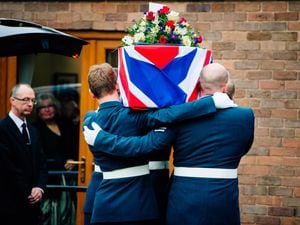
Among mourners at the funeral of Flight Lieutenant Ron Smyth DFC AE were a representative of the royal family, members of the Queen’s Colour Squadron and a trumpeter from the Royal Air Force Music Service.
The funeral of the Battle of Britain hero was held at Emstrey Crematorium, Shrewsbury, and was attended by a large congregation of dozens of friends and family of Mr Smyth.
The war hero died at his home in Shrewsbury last month at the age of 96.
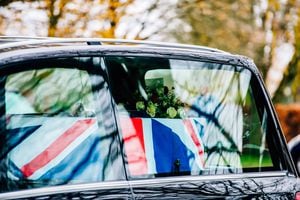
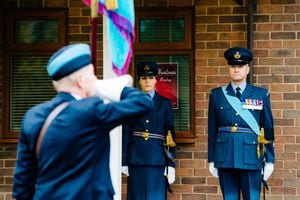
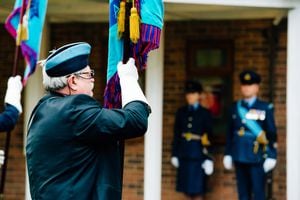
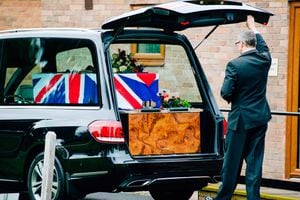
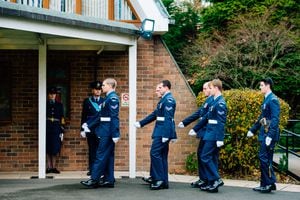
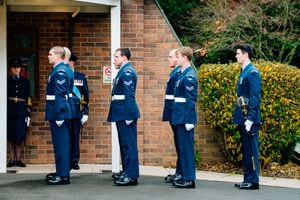
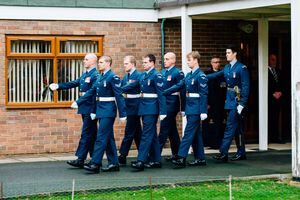
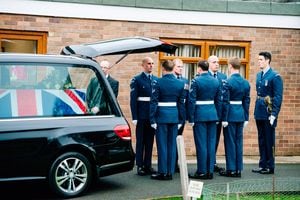
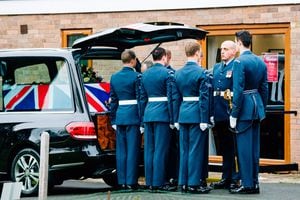
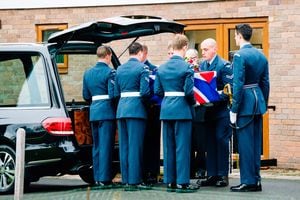
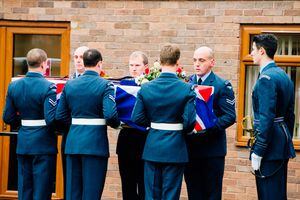
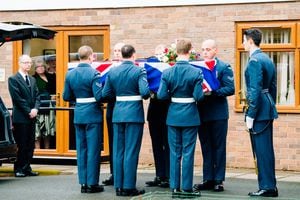
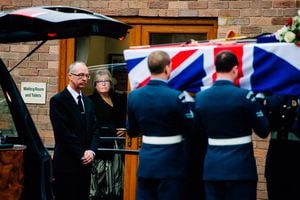
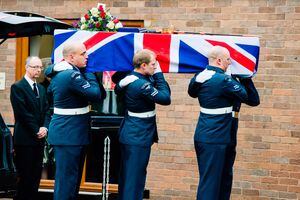
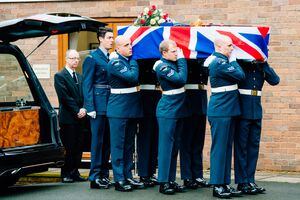
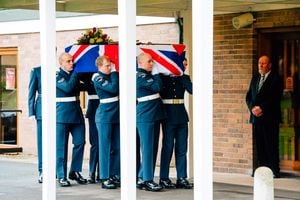
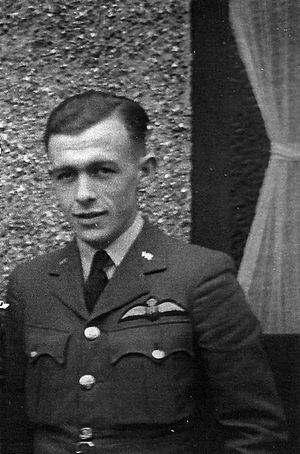
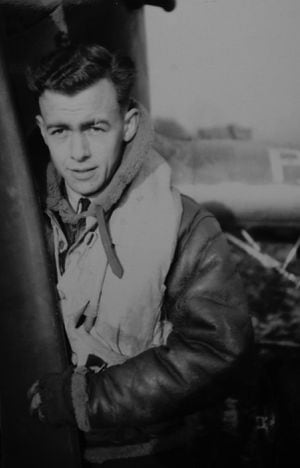
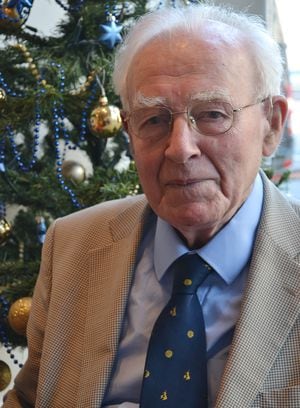
A widower, Flt Lt Smyth leaves his daughters Daphne Lewis and Hilary Joy, four grandchildren, and eight great-grandchildren.
Flt Lt Smyth fought as a 19-year-old in the closing stages of the Battle of Britain and later in the war was awarded the Distinguished Flying Cross for his work in a photo reconnaissance Spitfire.
Born near Croydon airport, he was fascinated by the comings and goings of the Imperial Airways flights. With war clouds gathering he applied to join the RAF Volunteer Reserve.
He did his training in Tiger Moths and Hawker Hart biplanes, finishing around August 1, 1940, when the Battle of Britain was in full swing.
Initially he converted to twin-engined Blenheims, but volunteered to go on to single-seat fighters and within two days joined 111 Squadron at Debden.
He continued flying Hurricanes with 111 Squadron, 249 Squadron, and later with 615 Squadron.
In May 1941 he attended an instructors’ course and was commissioned in August.
Later he was posted to No.1 Glider Training Squadron, a newly formed Development Unit. He qualified for his 2nd Class Air Navigator’s Licence while posted at the School of General Reconnaissance and commanded the PRU in Gibraltar where he was awarded the DFC.
He also ferried communications between London and Winston Churchill at Biarritz and Clement Attlee in Berlin for the Potsdam Conference in 1945.
He left the RAF in January 1946 and was always reluctant to talk about his war time experiences.
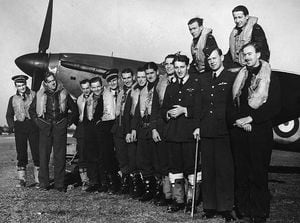
In a statement his family said: “Our family are deeply touched and grateful to everyone for the many kind tributes paid to Ron in regard to his flying years, both during the Battle of Britain, and afterwards in the Photographic Reconnaissance Unit.
“We have been overwhelmed by the offers of support from the many organisations and associations that were part of his life and their assistance has been greatly appreciated.
“Ron was also a loving husband to Pauline for 63 years, and a precious father, grandfather and great-grandfather and he will be greatly missed by us all.
“We will remember him as a private, modest, generous – and above all brave gentleman.”

